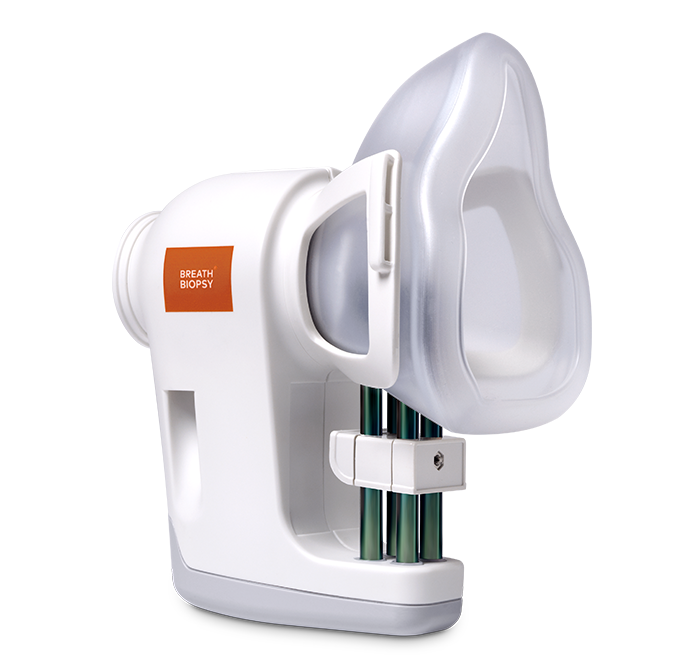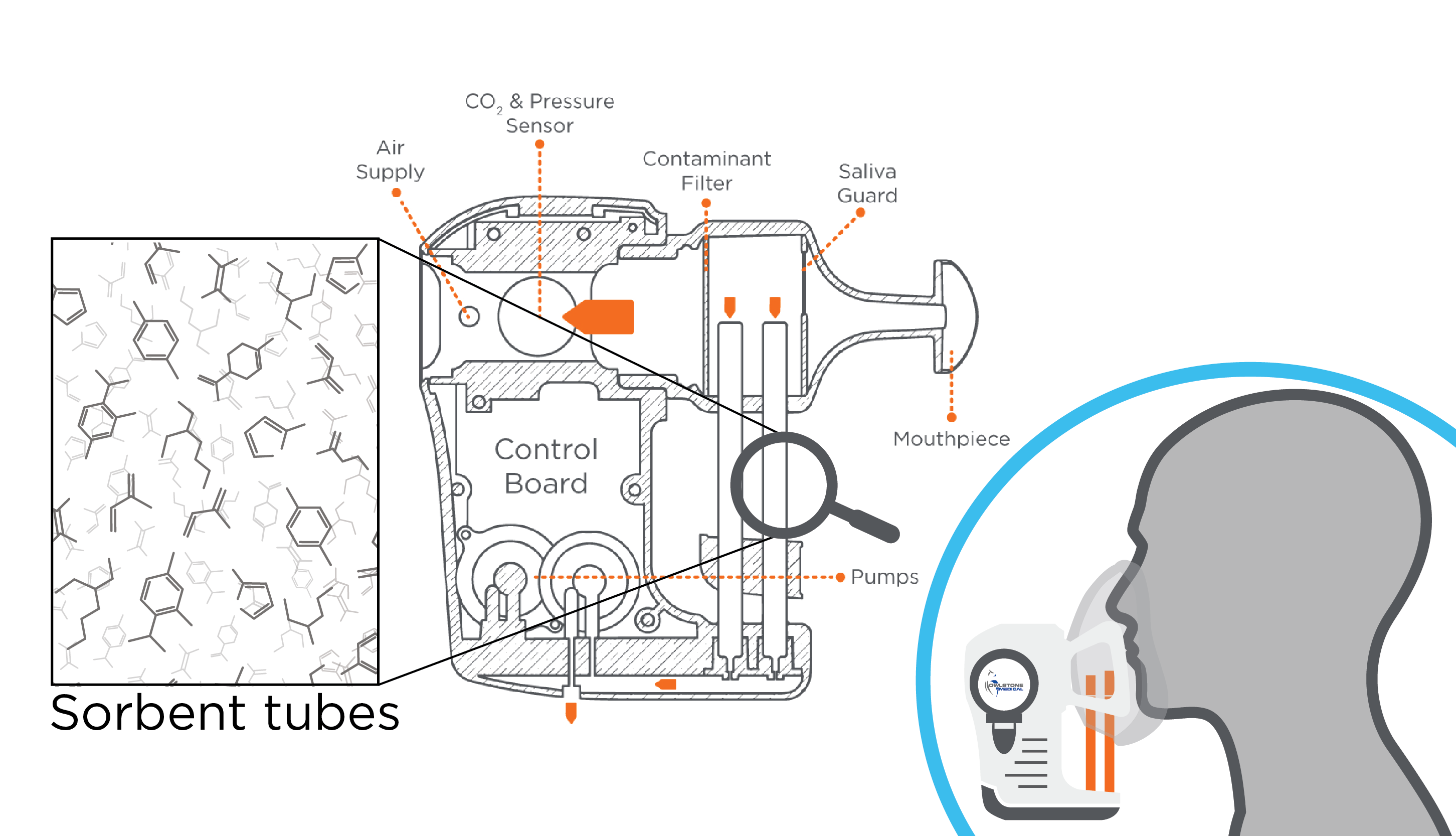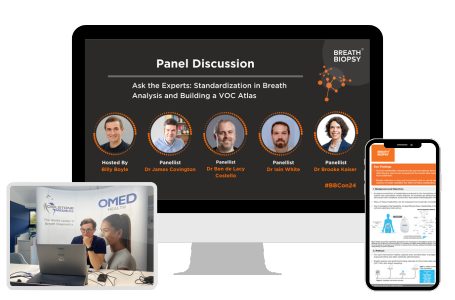The ReCIVA® Breath Sampler
Published on: 28 Sep 2023
 |
Breath is a complex medium that contains hundreds of volatile organic compounds (VOCs), primarily consisting of volatile metabolites originating from a variety of physiological processes ongoing in the body. The ability to extract valuable information from breath hinges on highly consistent analysis methods supported by standardized collection procedures. This is crucial for maximizing the comparability and reliability of results, a fundamental prerequisite for advancing the field of breath research and achieving widespread clinical implementation.
In collaboration with experts across multiple disciplines in the realm of breath research, the ReCIVA ® Breath Sampler has been meticulously developed as an optimized tool for robust and reliable breath sample collection. Regardless of specific research interests, the ReCIVA has been engineered to be versatile while maintaining the utmost quality in breath sample collection, remaining easy to use in clinical applications whilst prioritizing patient safety and comfort during use. |
| How does it work?
ReCIVA enables the simultaneous collection of replicate breath samples by directly capturing and pre-concentrating VOC biomarkers from breath onto multiple sorbent tubes. This allows for substantial enrichment of VOCs in breath, even those present in minimal quantities, by increasing the volume of breath collected. Through the easy-to-use Breath Biopsy Collect software interface, ReCIVA collection settings can be customized based on individual research focuses. This flexibility allows the selective capture of volatile organic compounds from specific fractions of breath, enabling the differentiated analysis of VOCs originating from various breath fractions such as the mouth, upper airways, deep lungs, etc. The built-in pressure sensors in the ReCIVA continuously monitor and adapt to the unique breath patterns of each subject in real time. These sensors activate the pumps responsible for drawing air into the sorbent tubes precisely at the appropriate moments, ensuring the collection of a defined breath fraction, such as end-tidal or bronchial airways. The Breath Biopsy Collection Station provides the tools needed to collect high-quality breath samples. The Station includes the ReCIVA device for sample collection, CASPER Portable Air Supply which enhances VOC detection by minimizing background signals, and Breath Biopsy Collect software which operates the ReCIVA and provides visual feedback on the sampling process. Our Breath Biopsy consumables will be needed to enable sample collection with the ReCIVA and can be purchased to suit the size and requirements of your study. |

See the ReCIVA in action.
|
Our ReCIVA device has also been independently tested:
|
Here are some common questions about the ReCIVA device that we asked the experts:
Please see the linked video that demonstrates the correct sample collection using the ReCIVA device.
|
References.
|
Catch up on the presentations from the Breath Biopsy Conference 2024
